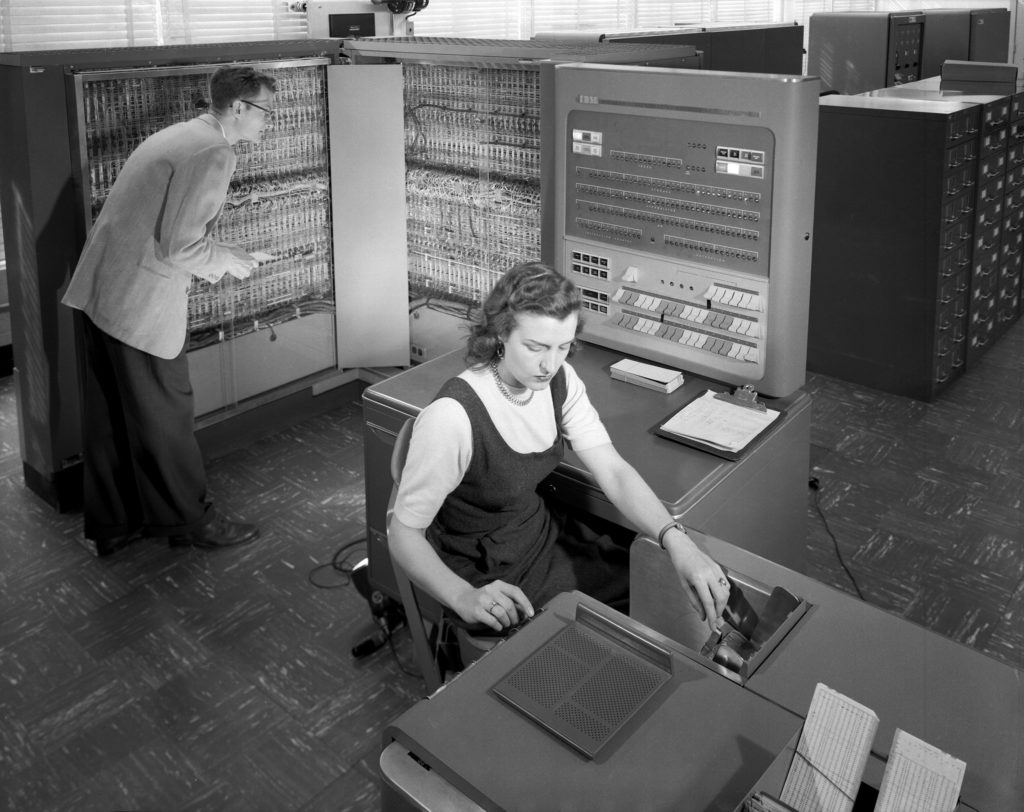Event Data: What is it? And how to use it to plan and improve events
Let’s face it, knowledge is power. The more insight you have about an individual or a group of like-minded people, the more you can tailor an experience or a product to their preferences.
Big data (the enormous caches of information gathered, stored and used by companies such as Google, Facebook and Amazon) enables organisations to deliver powerful and personalised online experiences. But it’s not just big corporations that can use data to learn about their target audiences and make improvements.
More and more event planners are using data to create meaningful, memorable and useful events for their attendees. In this article, we’ll look at what event data is and highlight some of the ways event planners can use event data to provide better event experiences.
If you want to learn more about your audiences’ needs and preferences, data could be your secret weapon. Read on to learn how to use data to plan your next event.
What is event data?
Event data is a term that describes the raw numbers and text collected about behaviours and experiences at any type of event that people attend virtually or in person at a physical location. It’s a term most commonly used to describe smaller sets of data that is collected by the event organiser at the event. We won’t go into it in this article, but big data can be used to augment event data sets to create a much wider and complete picture of your event.
Event data is most valuable when it reveals relevant and actionable insights about the people that attend your event. This can then feed into the marketing and execution of future events too. Data gathered at an event combined with online data can be incredibly useful in uncovering interesting insights about your engaged online audiences and event attendees.
Why is using data to plan an event important?
Event data is valuable. Raw facts and figures collected before, during or after your event can provide vital intelligence for planners that want to assess and understand the true success of their event experience.
Gathering and harnessing data has become a ‘must’ task for anyone that wants to plan and continue to deliver successful events. Data can help you achieve your event objectives, increase your ticket sales AND provide meaningful and unforgettable event experiences for your event attendees.
On its own, event data will usually only consist of lifeless numbers in a spreadsheet. Collecting data is only the first step. The most powerful and worthwhile aspects of collecting data at your event are the insights, trends, and patterns that the data reveals about your attendees.
Insights about your attendees will help you to understand what they like, what they find helpful and what they want from your event. Importantly, it can also reveal what they didn’t like and where engagement fell away. Knowing this information will enable you to make better decisions about who your event is for and what should happen at your future events.
The benefits of using event data to learn about your event attendees
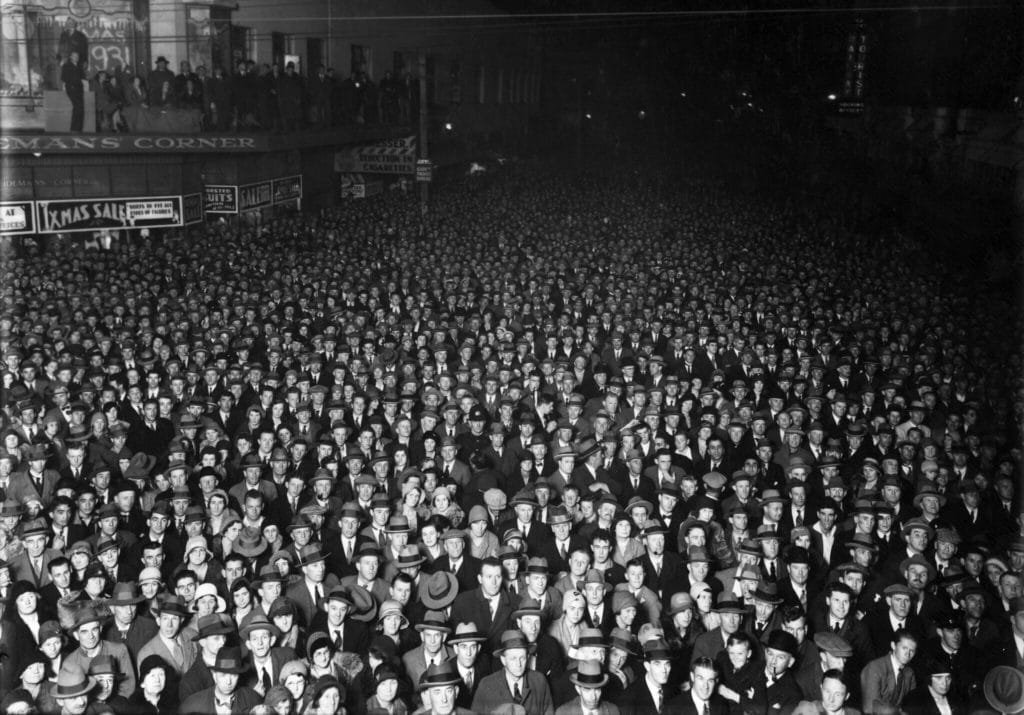
There are so many benefits to planning your event based on useful intelligence gained from data rather than just doing what you always do, copying other events or going off your gut. Event planners who make data-informed decisions based on previous events can:
- Take less risks – if you know what your attendees value, you won’t have to guess. Risks can be costly, especially if you don’t have a big budget.
- Save money – eliminating unnecessary or unpopular features of your event helps to streamline costs.
- Sell more tickets – planners that provide both what their audience wants AND needs will find that their event will attract more people. The more people that attend your event, the more likely you are to achieve your event objectives.
- Attract bigger sponsors – more event attendees will attract bigger sponsors. If you can provide insights into the demographics of your attendees, it can be more compelling to larger sponsors. Your sponsors are looking for opportunities for brand exposure. More attendees = more exposure.
What can be learnt from studying event data?
Although it is true that all data has some value, there will be specific data sets that are more valuable to planning your event and improving future events. A great place to start is defining what you want to learn.
Are you hoping to learn about your event in a general sense or are you interested in a specific aspect of your event?
Some general event insights could include:
- How many people came to your event
- What were their roles/seniority
- What talks or sessions did they attend
- Did your attendees enjoy the event
- Would they recommend your event to others
Some specific aspect insights could include:
- Who went to each session and why they went
- How long did they spend in a session versus networking in lobby areas and exploring stands/engaging exhibitors
- Which talks achieved the biggest audiences
- How many people downloaded your event app
- How many people signed up to know more about your next event
- Who interacted with any event sponsors that were exhibiting at your event
- Who left a session or your event early
- Did attendees drink the free beverages
Data about both general and specific aspects of your event will guide you towards a strategy on how to get the most useful data to plan your next event.
What event data should I collect?
You now know the insights that event data can provide and the benefits, so how do you decide what data is relevant or useful to you?
Identifying sets of data that address what you want to learn should be your jump-off point. Understanding what each type of data can reveal will also help you to decide where to focus your data gathering.
As well as general and specific types of data, a further distinction can be made between two groups; quantitive and qualitative data.
Quantitative data for event marketing
Quantitative data is data that relates to quantities, amounts or ranges. Quantitative data will show you basic facts about your event. Examples of quantitative event data include:
- How many event tickets were bought
- How many people attended your event
- A demographic split of people that viewed event content online before, during and after your event
- How many people visited your website after you sent out an email invite
- How many people requested more information about your event
- How many Email sign-ups to your mailing list you achieved during your event
- How many times your event name is mentioned on social media, before, during and after your event
- How many returning attendees from past events came to your event
- Social Media engagement – likes, shares, follows, mentions etc
- Live poll interaction during your event.
- Net Promoter Scores
Qualitative data for event marketing
Qualitative data is non-numerical – it’s about getting descriptive insights around an area of interest. Qualitative data will steer you towards what worked well at your event, providing more on why people liked or disliked aspects of your event and much more. Examples of qualitative event data include:
- Feedback forms
- Attendee satisfaction surveys
- Suggestion boxes in email surveys
- How did your sponsors see an uplift in brand interest during and after your event?
- What were the most popular features of your event?
Example of quantitative data: how many people attended a particular session during your event
Example of qualitative data: feedback on what they thought of that session.
Both sets of data are helpful in different ways but they are also intrinsically linked. In the example above the session’s popularity shows that it was an enticing, potentially useful and an interesting proposition for attendees. Learning if the session delivered on its appeal through attendee feedback will also provide useful data.
Gathering a combination of quantitative and qualitative data, based on what you want to learn, will help you to get the best insights into your event.
How to collect data at your event
Now you know what event data you want to collect, you will want to know how to get it. Gathering raw data at events can de be done in many different ways and there are lots of tools that can be used to collect data.
Collecting data can be achieved either digitally or physically. However, the benefits of using digital tools and platforms far outweigh traditional methods of data capture. Data collected via digital platforms and tools are much more reliable and easy to gather than data collected through paper forms.
Collecting data during your event
One of the biggest challenges for event planners is capturing live data during an event. Collecting data at your event will involve both gathering data about your attendees indirectly and directly.
To record these insights you’ll need data capturing tools that enable both your event staff and the attendees to easily record their behaviours and preferences.
Data tools to use during your event
If you want to collect live data at events there are several ways to do so.
Read our Event Technology Guide to learn about some helpful live data collection tools that can be used at events. In the guide, we explain how the tools listed below can be used for effective data gathering in live scenarios. We’ve listed some of the best live data capture solutions that appear in our guide below:
RFID badges & Bluetooth beacons
Crowdshaping is a term used to describe when data shows crowd flow at your event. Using tech solutions such as RFID badges and Bluetooth beacons to monitor crowd movement at your event will reveal where people are spending the most time and why they are congregating there. This, in turn, will help you to make decisions on the layout of your event and the placement of key features so that attendees have a great event experience.
Mobile apps
Mobile apps that offer location tracking capabilities, provide opportunities to ask your attendees questions in real-time and much more. The best apps can track the movement of devices around your event, deliver value with complementary content to segments of your event attendees and generate easily-extractable reports on the live data you collect through them.
Your own Event app
If you have a big event budget, create your own app for attendees to download. The app’s usefulness will depend on what functions you include in the design. Creating a bespoke app allows you to include the functionality you really need in order to get the most valuable data.
GDPR and event data
If you plan to collect data about your attendees at your event, via your website or any email campaigns you run to promote your event, you will need to consider General Data Protection Regulations (or GDPR).
GDPR legislation requires anyone who wants to collect data about other people to:
- get permission on what you can use data for from the person concerned.
- inform that person of their rights to be forgotten and what you will be using their data for.
When using data in the event planning process, you will need to detail exactly what you want to collect, store and process before you start to collect it. You will also need to make sure you’re handling it responsibly and securely. Ensuring the safety of the data you collect is a legal obligation. When collecting data at your events you are legally required to display your data collection policies wherever you are collecting data. This also applies to your website and any marketing emails you send.
GDPR law also applies to any data that you might have collected in the past as well as data you collect in the future. If this applies to you, you will need to send your attendees your updated, GDPR-compliant privacy policy. Being GDPR compliant is extremely important for both you and your event attendees.
Making sense of event data
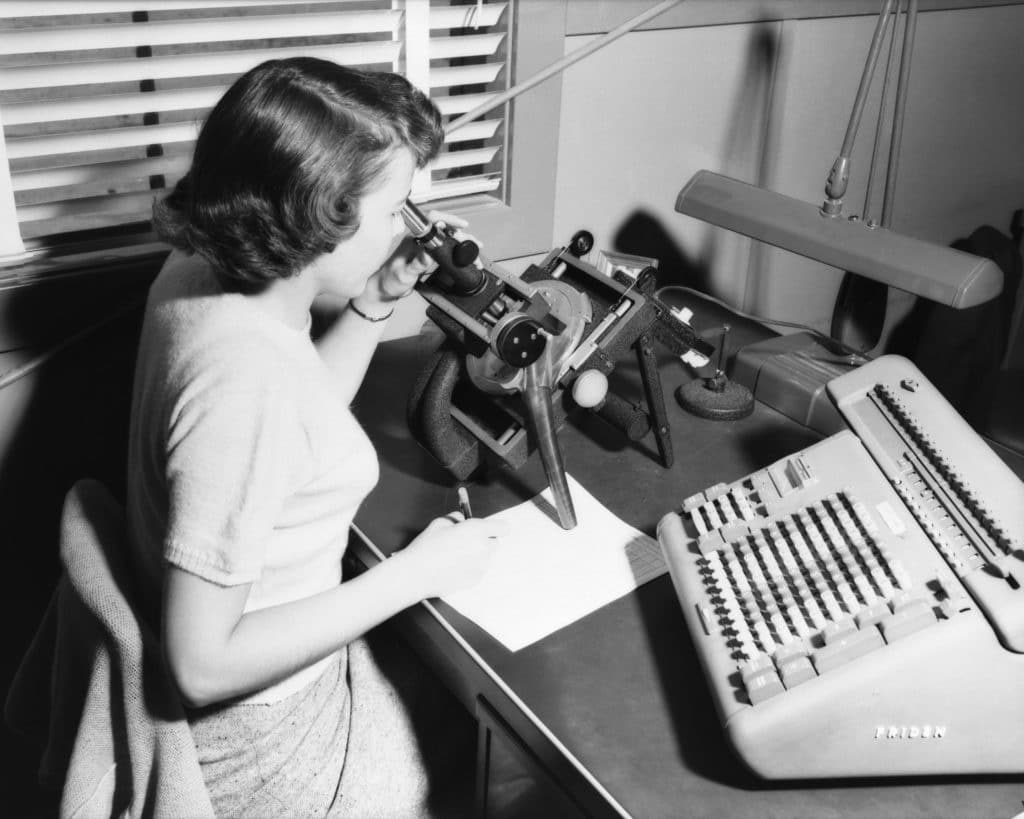
Now that you have collected your data, you’ll want to start to pull out some key learnings about your event and insights about your event attendees.
Using data to learn about your event audiences will most likely involve taking data from multiple sources and overlaying it to form a much bigger picture. Far from being unrelated, when combined, all of the different aspects of data you collect will tell a much more complete story about your event and its attendees.
A great first step to start this process is to list all the data you have gathered. Then group together your findings based on a topic. For example, group all of your findings on who your audience is –
- Their job role
- Their seniority
- Who they work for
- How big is the business they work for
- Where their job is based
This information will help you to profile who your audience is and will lead you to wider discoveries about their preferences.
Following this process should allow you to make some broad statements about who your event attendees are, what they like and what they want from an event. Demographic information mapped onto their preferences may look something like this:
- My emerging technology event has an audience mostly made up of males between the ages of 25 and 40.
- They mostly work in the south of England, near London.
- 40% of your event attendees attended your last event.
- They mostly work for medium-sized (100-200 employees) businesses in the tech sector.
- They really liked event sessions based on the use of drones for e-commerce businesses
- They didn’t like the corporate sponsors that exhibited at the event.
- They really liked the free refreshments provided at the event.
How to use event data to plan your next event
Now that you have decoded the data and arrived at some conclusions about what your data has revealed it’s time to make some informed decisions about your next event. The data that you collected will have revealed your attendee’s likes and dislikes so listen to them, after all, you want to retain your current attendees as well as attracting new ones.
Areas that will be most interesting to you as an event organiser will include:
- The popularity of the speakers at your last event – should you rebook them?
- Were your event sponsor’s exhibits well received? Should you invite them back or look for more relevant exhibitors?
- Are there any clues as to what topics your attendees want your next event to cover?
- Should you provide free beverages at your next event?
- Was your event venue location and the spaces inside suitable for your event?
Grouping your learnings into themes will help you to use your event data effectively. For example, collating all the data that addresses the sessions that happened during your event will help you to make decisions on what to include in your next event schedule and who to invite to speak. You might have another data set that addresses sponsors that appeared at your event. Use this data to decide which sponsors to invite to your event.
It’s as simple as that. Make informed decisions about your next event based on what you have learnt from the last one.
Using data to market your next event
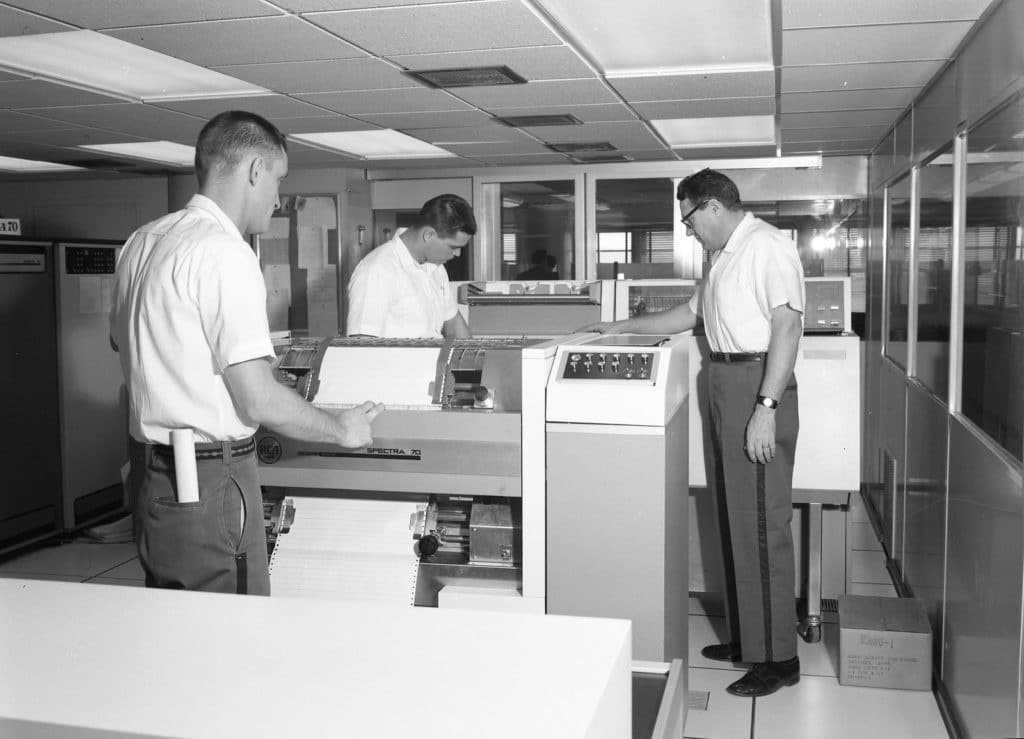
Using data to plan an event is a cycle of learning. Each time you learn something about your event from the data you’ve collected you are in a position to make an educated decision on what to change for your next event. But using data for event planning doesn’t stop there. The data you’ve already collected at your last event can be used to come up with ways to promote your next event too.
The process of using data to market your event is the same as using data to plan the event itself. Data on any marketing activity you ran before or after your last event will give you valuable insight into what worked and what didn’t.
Some aspects of your marketing data to focus on could include:
- How many times your promotional videos were viewed
- How many people followed a link from a promotional email to a ticket purchasing page on your website
- How many likes and shares your marketing posts got on social media channels
- How many attendees completed a survey after your event
- Did your website traffic increase around a certain marketing activity you ran on the run-up to your event
- How many email sign ups did you receive after your event
All of the data listed above is valuable because it reveals how successful your marketing activity was before and after the event. You might get insights on where to increase your budget and what channels to pull back on.
Data tools to help market your next event
Collecting marketing event data can be very simple if the data has already been captured. In most cases, your online platforms (website, social media channels etc) will already be recording data about the people that interact with those platforms. Tap into these sources to make some initial discoveries about your audiences. This will form a good foundation of information for you to build on.
Here are five of the most common online tools designed to monitor and present information about the people that use them. If you are planning on running an event and you want to find data about your audiences the tools below are a great place to start.
- Google analytics – Google Analytics can provide all sorts of information about people that visit your event website. Some helpful information to focus on here could be how much engagement your blog content gets. This may reveal what topics your attendees are interested in learning more about.
- Social media platform analytics tools – All of the big platforms including Facebook, Twitter, LinkedIn offer analytics tools to measure and chart user behaviour. These tools are great for monitoring event attendee engagement to any social media activity you run during the event cycle. Tracking attendee engagement to your event promo activity can often consist of pure volume metrics such as likes, shares and follows but mentions and comments can often reveal valuable information too. Monitoring and using popular hashtags can also be a great way to attract new audiences that might be interested in your event too.
Learn more about to use Facebook to plan your event
Learn more about how to use LinkedIn to plan your event
Lore more about how to use Snapchat to plan your event
Learn more about how to harness the power of twitter during your event
- Youtube analytics function in your Youtube account – Any promotional videos you have uploaded will hopefully have some viewing statistics that can be used to learn from. Youtube analytics provides metrics such as how many people have viewed your video, how long they watched it for, how many people liked it and how many viewers engaged with a call to action.
- Mailchimp bulk mail sender is a great tool to use if you want to send out promotional emails to your mailing list. If your mailing list contains 2000 people or less you can sign up for a free account but the next tier up only costs $9.99 a month. Mailchimp provides lots of onboard analytics that allow a user to monitor how many people open the sent email, if they interacted with a call to action in the email and lots more.
- Survey Monkey, much like Mailchimp is a great way to reach out to your audiences before and after your event. Online surveys can be used to gather vital information about how satisfied your audiences are throughout the event journey. Survey Monkey allows questions to be presented in different ways such as multichoice, text boxes, rating sliders and much more. To get the most helpful data, think about how to present your questions when you create your survey
All five of the above tools will allow you to gather information about your audiences’ online behaviour around any before event promotional or post-event activity you decide to run throughout the event campaign.
There you have it. You should now know how to start using data to plan your events. Please Like or Share this article with other event planners.
20 BEDFORD WAY: EVENT EXPERTS
Looking for a unique central London venue to hire for your next conference, training session, or performance? Arrange to come and have a look at our state-of-the-art facilities and discuss how we can make your next event the best yet. We are affordable, flexible and located in Bloomsbury with unrivalled transport connections. Call us today on 020 7612 6143.
